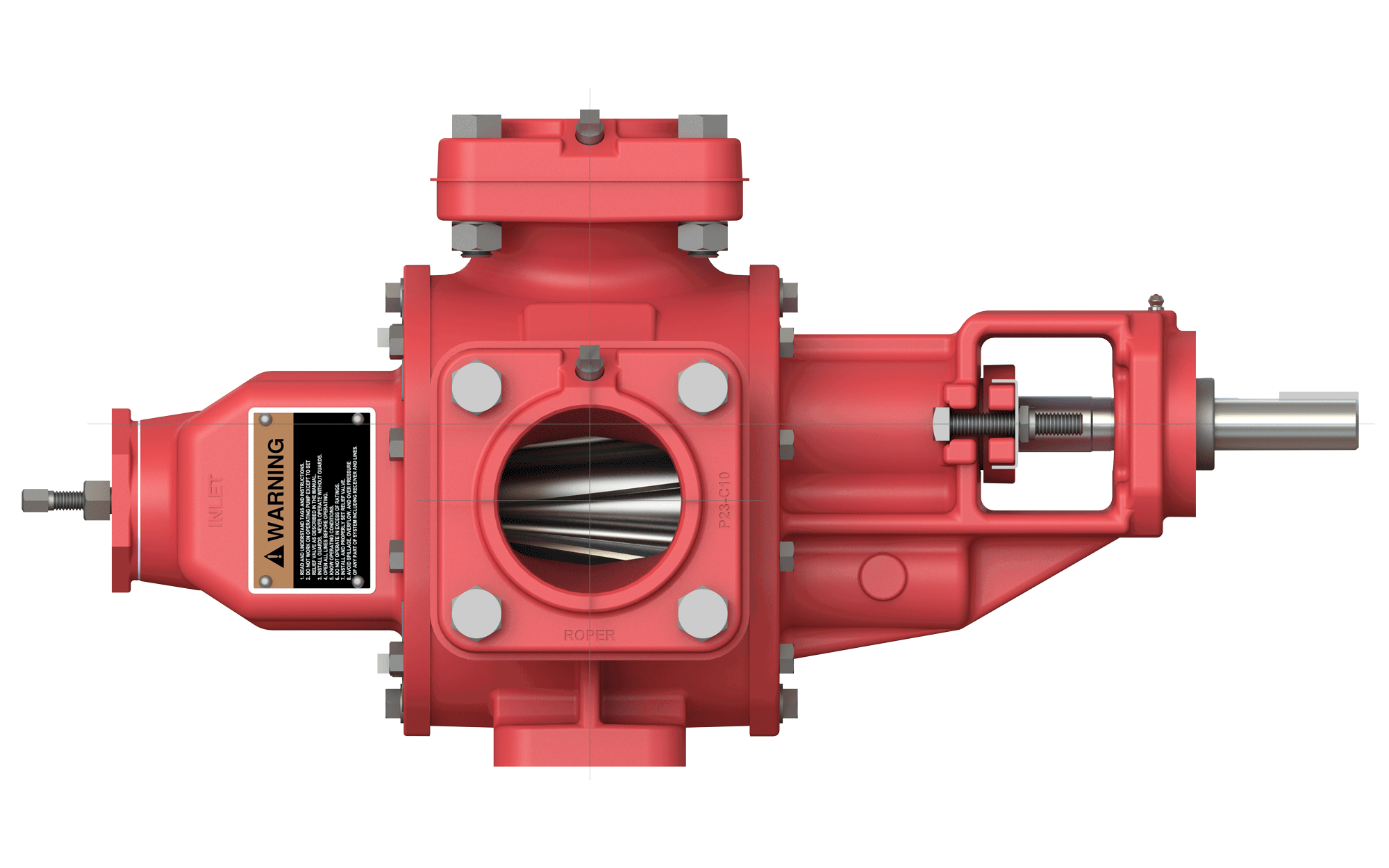Diamonds have long been symbols of love, luxury, and status, often coveted for their beauty and rarity. However, their journey from the earth to the jewelry store has raised serious ethical concerns over the years. From environmental degradation to human rights abuses, the diamond industry has faced scrutiny for the negative impact of traditional mining practices. This has led to the rise of ethical diamonds, which are sourced, produced, and sold with a focus on sustainability, fair labor practices, and social responsibility.
In this article, we explore what ethical diamonds are, how they differ from traditional diamonds, and the growing movement toward more responsible diamond sourcing.
What Are Ethical Diamonds?
Ethical diamonds refer to diamonds that are sourced and produced in a way that minimizes harm to both people and the environment. They are characterized by adherence to high standards in terms of human rights, environmental sustainability, and corporate transparency. These diamonds come from mines or operations that prioritize safe working conditions, fair wages, and environmental conservation.
There are several types of ethical diamonds, including:
- Conflict-Free Diamonds: These diamonds are certified as not funding armed conflict or human rights abuses, adhering to the standards set by the Kimberley Process Certification Scheme (KPCS). The KPCS was introduced in 2003 to curb the trade of “blood diamonds” that fueled wars in African countries like Sierra Leone and Liberia.
- Lab-Grown Diamonds: These diamonds are produced in controlled laboratory environments, mimicking the natural geological processes that create diamonds in the earth. Lab-grown diamonds are often regarded as more ethical because they do not require the extensive mining of natural resources and have a smaller environmental footprint.
- Fair Trade Diamonds: These are diamonds that come from artisanal mining communities that adhere to ethical labor standards, including fair wages and safe working conditions. Fair Trade certifications ensure that workers receive a fair share of the profits, and communities benefit from the mining operations.
- Sustainably Sourced Diamonds: These diamonds come from mines that meet rigorous environmental standards, focusing on reducing the ecological impact of extraction. Mining companies may invest in reclamation projects to restore ecosystems, conserve water, and reduce carbon emissions.
Why Ethical Diamonds Matter
The conventional diamond industry has long been associated with numerous ethical and environmental issues. Some of the major concerns include:
- Human Rights Violations: In many parts of the world, diamond mining has been linked to forced labor, child labor, and dangerous working conditions. In some cases, miners, particularly in developing countries, work in hazardous environments without proper safety measures, which can lead to injuries or even death.
- Conflict Financing: Conflict diamonds, also known as blood diamonds, are diamonds mined in war zones and sold to finance armed conflicts. The Kimberley Process was established to address this issue, but critics argue that it is not foolproof, with many conflict diamonds still entering the market through loopholes.
- Environmental Degradation: Traditional diamond mining often involves destructive methods like open-pit mining, which can lead to deforestation, habitat destruction, and water contamination. Mining operations use large amounts of water and energy, and the chemicals involved in the extraction process can pollute nearby ecosystems.
- Unclear Supply Chains: The diamond supply chain can be opaque, making it difficult for consumers to trace the origins of their diamonds. Without transparency, it is hard to know whether a diamond was sourced responsibly or under exploitative conditions.
Ethical diamonds offer an alternative that addresses these concerns by providing consumers with a choice that aligns with their values, allowing them to support practices that promote social good and environmental sustainability.
Types of Ethical Diamonds
Lab-Grown Diamonds:
Lab-grown diamonds are often considered the most ethical option due to their minimal environmental impact and the fact that they do not contribute to exploitation in mining. They are created using two primary methods: High Pressure High Temperature (HPHT) and Chemical Vapor Deposition (CVD). Both techniques replicate the natural conditions under which diamonds form but do so in a controlled environment. Lab made diamonds have the same physical, chemical, and optical properties as mined diamonds, making them virtually indistinguishable from natural diamonds. They are also typically less expensive, which makes them an attractive option for ethical consumers.
Fair Trade Diamonds:
Fair trade diamonds focus on the social aspects of the diamond industry. These diamonds are sourced from artisanal mines where workers receive fair wages, have access to health care and education, and work in safe conditions. Fair trade certification also ensures that mining practices are environmentally responsible, with measures in place to minimize harm to the land, water, and surrounding communities. While the availability of fair trade diamonds is currently limited, it is a growing segment of the ethical diamond market.
Conflict-Free Diamonds:
The Kimberley Process was introduced to ensure that diamonds sold in the international market do not fund conflict or contribute to human rights abuses. While the initiative has made significant strides, there are concerns about its effectiveness in preventing the trade of conflict diamonds. Some ethical consumers prefer to purchase diamonds from companies that go beyond the Kimberley Process, using third-party certifications to guarantee that their diamonds are free from conflict and human rights violations.
Sustainably Sourced Diamonds:
Sustainability in diamond mining goes beyond ethical labor practices and includes efforts to minimize the environmental footprint of mining activities. Sustainable mining companies use methods that reduce habitat destruction, conserve water, and limit the use of harmful chemicals. They may also invest in the restoration of ecosystems that were damaged during mining operations.
The Benefits of Ethical Diamonds
Social Responsibility: By purchasing ethical diamonds, consumers can help promote fair labor practices, support mining communities, and ensure that workers are treated with dignity and respect.
Environmental Conservation: Ethical diamonds often come from mines that adhere to strict environmental standards, which help to preserve ecosystems, reduce pollution, and minimize resource depletion.
Transparency: Ethical diamond brands tend to be more transparent about their sourcing and manufacturing processes. This gives consumers the information they need to make informed decisions about the products they buy.
Traceability: Ethical diamonds often come with certification or documentation that traces their origin, ensuring that the diamonds were sourced responsibly and without contributing to social or environmental harm.
The Challenges of Ethical Diamond Sourcing
While the ethical diamond movement is growing, there are still challenges to widespread adoption. One of the biggest hurdles is the lack of consistent industry standards and certifications. Though organizations like the Kimberley Process and Fair Trade have made strides, critics argue that they are insufficient or flawed in addressing all of the ethical concerns surrounding diamond mining.
Additionally, there is a need for greater awareness and education about the impact of diamond sourcing, as many consumers remain unaware of the ethical issues tied to traditional diamonds. As demand for ethical diamonds increases, it is crucial that the industry continues to evolve, improving traceability, transparency, and sustainability across the supply chain.
Conclusion
Ethical diamonds offer a more conscious and responsible choice for consumers who want to ensure that their jewelry is not contributing to social injustices or environmental degradation. Whether sourced from sustainable mines, created in labs, or certified as fair trade, ethical diamonds are part of a broader shift toward more responsible consumerism. As more people become aware of the impact their purchasing decisions can have on the world, the demand for ethical diamonds will continue to grow, shaping the future of the diamond industry for the better.





